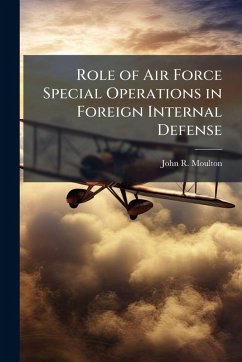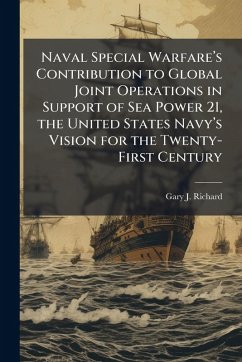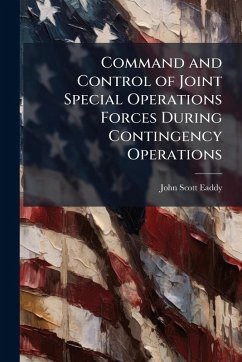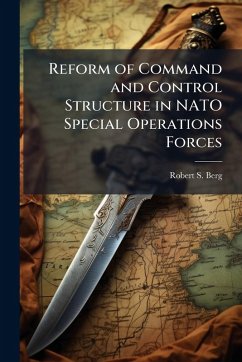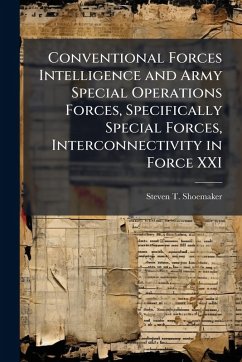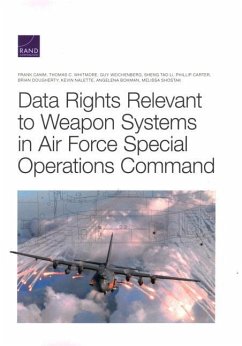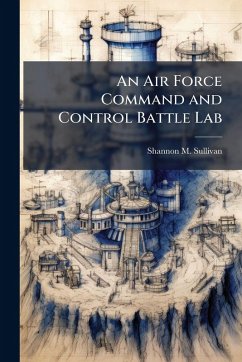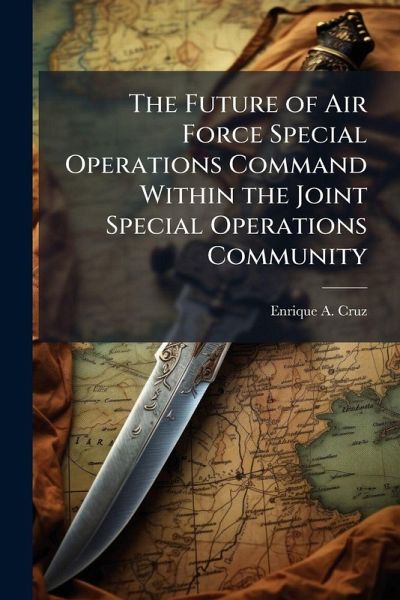
The Future of Air Force Special Operations Command Within the Joint Special Operations Community

PAYBACK Punkte
7 °P sammeln!
This study examines challenges facing Air Force Special Operations Command (AFSOC). The current struggle against global terror has placed many of its assets in high demand and persistently on the move. Additionally, many of the requirements to support both conventional and special operations forces (SOF) place AFSOC in a difficult position; therefore, AFSOC has to grapple with conflicting requirements from its two bosses, US Special Operations Command (USSOCOM) and the Air Force. However, in order for AFSOC to remain relevant in current and future conflicts, it must focus on its primary user, ...
This study examines challenges facing Air Force Special Operations Command (AFSOC). The current struggle against global terror has placed many of its assets in high demand and persistently on the move. Additionally, many of the requirements to support both conventional and special operations forces (SOF) place AFSOC in a difficult position; therefore, AFSOC has to grapple with conflicting requirements from its two bosses, US Special Operations Command (USSOCOM) and the Air Force. However, in order for AFSOC to remain relevant in current and future conflicts, it must focus on its primary user, the joint special operations community. Nearly three decades after the debacle at Desert One, the joint special operations community finds itself at the front of action across the full spectrum of operations. This has led to both USSOCOM and AFSOC's dramatic increases in not only their utilization, but also their missions and roles. As USSOCOM prepares for the future through capabilities-based planning, AFSOC must also evaluate its mission and vision to provide the joint SOF community and combatant commanders, the finest unconventional and specialized air power. By understanding USSOCOM's future goals and vision, AFSOC will be able to determine what it must plan for now and the future. This work has been selected by scholars as being culturally important, and is part of the knowledge base of civilization as we know it. This work was reproduced from the original artifact, and remains as true to the original work as possible. Therefore, you will see the original copyright references, library stamps (as most of these works have been housed in our most important libraries around the world), and other notations in the work. This work is in the public domain in the United States of America, and possibly other nations. Within the United States, you may freely copy and distribute this work, as no entity (individual or corporate) has a copyright on the body of the work. As a reproduction of a historical artifact, this work may contain missing or blurred pages, poor pictures, errant marks, etc. Scholars believe, and we concur, that this work is important enough to be preserved, reproduced, and made generally available to the public. We appreciate your support of the preservation process, and thank you for being an important part of keeping this knowledge alive and relevant.



